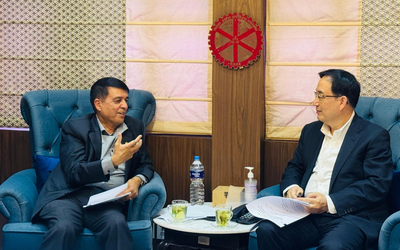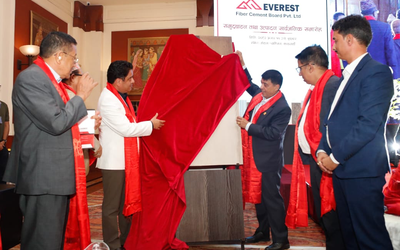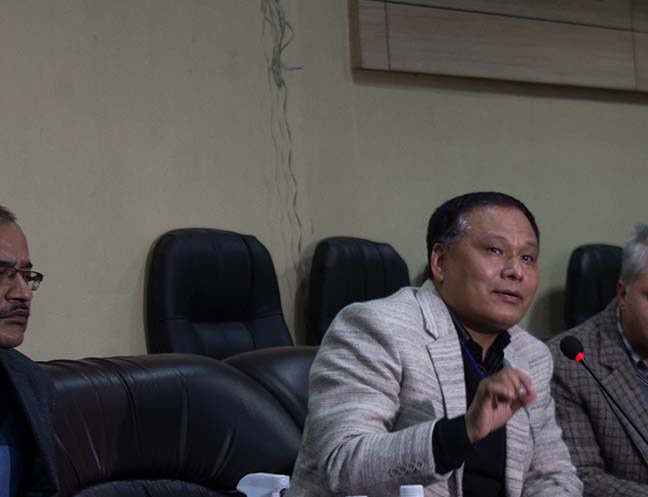
As the winter storm caused by the Westerly Disturbance dipped the mercury of Kathmandu Valley, everyone starts to switch the heater on. The result was that the three decades old distribution systems collapsed in different parts of the cities.
Although the problems occurred at several localized areas, interruption of power supply had created nationwide havoc. As the surplus energy electricity in the transmission line and other distribution lines were non-used with a loss of revenue to Nepal Electricity Authority, few hundred consumers faced severe power cuts of power resulting in angry reactions in social media and other media channel.
Given the nature of public response to expansions and extension of power system, the recent problem is natural. Protesting and opposing projects aimed to expand and upgrade the electricity systems in Kathmandu Valley, overwhelming numbers of residents are also part of the present crisis.
Due to local level protests, most of the power system improvements and expansion projects in Kathmandu valley are under
Managing Director (MD) of NEA Kul Man Ghising has said they have received some complaints in the disruption of power supply in some areas of Kathmandu Valley. He stated that this is due to the old distribution systems which is unable to supply increasing demands of electricity.
"For the last few days, there have been complaints of some problems in the power supply. This problem is not a problem all over the country and it is only in Kathmandu. This is not a problem caused by supply. This problem is not everywhere in Kathmandu. The problem is only in some places,” said Ghising.
Kathmandu Valley’s distribution system is built to supply around 300 MW electricity to around 2 million populations. However, there is a demand of over 500 MW in same system.
"Demand for electricity has increased due to the recent cold. People have been using heaters, air conditioners and other consumables in their homes. Our transformers have not been able to support this and there has been a problem with electricity coming and going.”
MD Ghising said that there was a problem of a power outage while changing the transformers due to an increase in power consumption.
“Our evening peak load of electricity is about 1,700 MW and in the morning it is about 1500 to 1600 MW. In that, we are able to supply.”
He said that the demand for power has increased to 500 MW inside the Kathmandu Valley in peak morning and night.
Nepal Electricity Authority (NEA) has clarified that the problems now seen in the supply of power was due to some technical reasons and such problem would not repeat.
Organizing the press conference on Friday, Managing Director (MD) of NEA Kul Man Ghising has said that there will be no problem of power-tripping anywhere from Friday as changing of transformers in high demand areas has almost been completed.
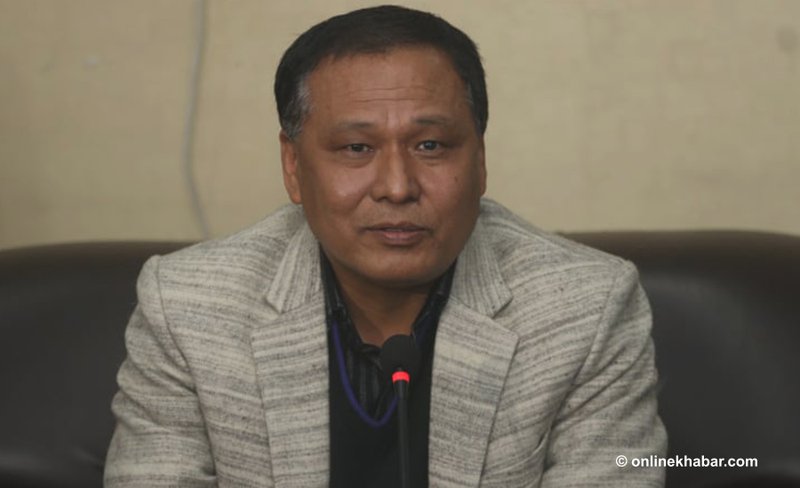
He clarified that there was no problem of a power outage due to insufficient power supply.
The NEA is working for the construction of nine substations in the Kathmandu Valley focusing on the increasing power consumption, he said, adding that it will be possible to supply 2,000 MW of electricity to the Kathmandu Valley in the long run after the completion of these substations.
Ghising said that there was a problem of power outages in some places due to a sudden increase in load in the power distribution system.
"There are 3,800 transformers in the Kathmandu Valley. In the last few days, there have been problems in 50-60 transformers and lights have tripped in some places," said Ghising.
According to him, the NEA has replaced 150 transformers in the last four months and all the transformers in the valley will be replaced by Friday evening.
“Demand for electricity has also increased in the Kathmandu Valley along with the cold.”If there was no problem with the rain, we could have repaired the transformer in no time," he said. However, all day and night rain caused problems.”
Stating that the improvement of the power transmission lines was the priority of NEA, Ghising said that work was underway to add transformers in the places where problems were seen.
The increment of power is positive; he said and added that the NEA would upgrade the transformers and feeders gradually to cater to the growing demand for power.
After the arrival of Upper Tamakoshi, it has become easier to manage power demand during the peak in the morning and evening this year than it was last year, he said.
He added that there was a problem in some places as the residents did not allow the construction of substations and transformers.
MD Ghising said that NEA has been working to end power supply disruption in the valley and it will improve soon.
Inspecting the projects under construction on site and taking information about the construction progress, ongoing problems and the work to be completed within a year, MD Ghising urged the project management, contractors and consultants to complete the construction of the projects before the winter season next year.
MD Ghising has requested to expedite the construction of 220/132/33 kV substation under construction in Matatirtha of Kathmandu and 132/33/11 kV substation under construction in Phutung, Teku, Chobhar, Thimi and Changunarayan.
"If the substations under construction are not completed and brought into operation before next winter, load shedding may occur due to lack of infrastructure to meet the demand for electricity, so let's complete the construction of such sensitive projects seriously," Ghising said..
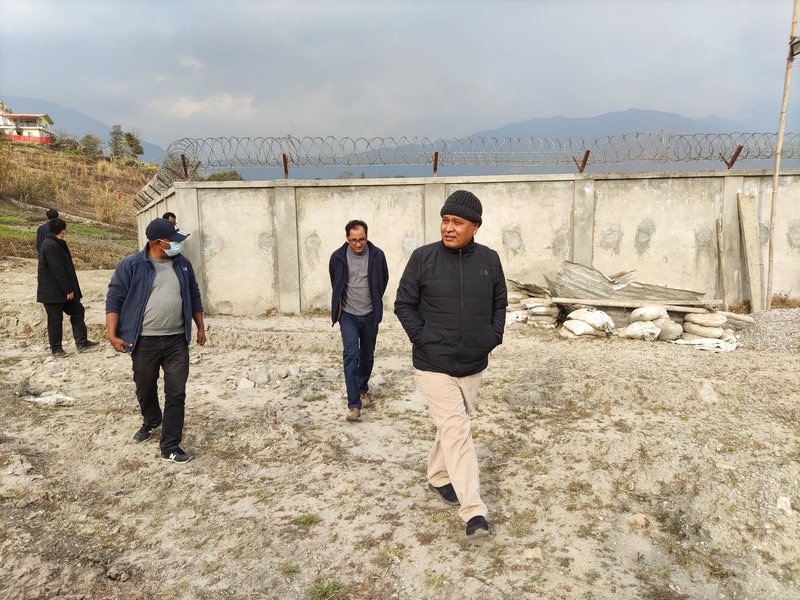
The work has been hampered by the Department of Roads refusing to allow putting electrical wires underground on the main road, obstruction by locals demanding route change and in some places locals not allowing placing transformers near their homes. We are coordinating with the concerned authorities to address the problems for completing works in time," he said.
A substation of 220/132/33 kV and 320 MVA capacity is under construction at Matatirtha to bring electricity from the Marshyangdi and Trishuli projects to the Kathmandu Valley for distribution.
Matatirtha substation, which is targeted to be completed by next September, is becoming a big hub for power supply in Kathmandu Valley.
A preliminary work has started to supply five 11 KV feeders underground to the main road to supply electricity to Thankot, Satungal, Gurjudhara and other areas from the substation.
After the operation of the feeder, the power supply of the area will be reliable and qualitative and the load work of Syuchatar and Teku substations will be reduced.
The construction of 132/11 kV substation at Chobhar in Kathmandu has been started after obstruction in construction of Khokna, Bungmati, Harisiddhi and Lamatar areas of Lalitpur under Thankot-Chapagaun-Bhaktapur 132 KV transmission line, which is considered important to improve power supply in Kathmandu Valley, the NEA said. The substation will have two power transformers with a capacity of 45 MVA.
The process of acquiring 12 ropanis of land required for construction of substation on the land of Himal Cement near the Dry Port is moving ahead. A 132 kV transmission line has been constructed from Matatirtha to Chobhar.
"If the Thankot-Chapagaun-Bhaktapur line had been completed, a ring of 132 kV transmission line would have been constructed in Kathmandu, Lalitpur and Bhaktapur. This would have increased the reliability of power supply and improved the voltage capacity. We have made a plan to take it to Lagankhel substation in Lalitpur," said MD Ghising. "It has been designed. We are strengthening the existing Lagankhel substation to 132 kV. Then in the coming days we will take the line from there to Chapagaun and Harisiddhi underground."
At present, electricity is being supplied from Lalitpur area from Suchatar-Patan-Baneshwor 66 kV line. This line is already 'overloaded'.
The NEA is constructing new substations of 132/11 kV and 132/11 kV in Phutung by strengthening the 66/11 kV substation in Kathmandu.
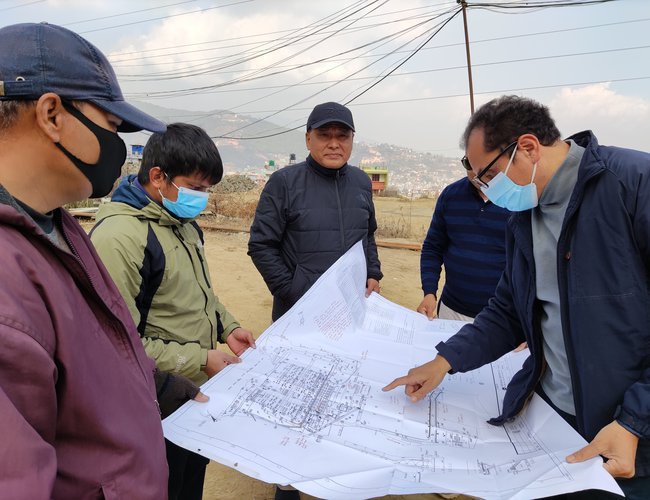
Two substations of 45/45 MVA capacity will be installed in both the substations. The electricity will be supplied to the area by tapping the Balaju-Chapali 132 kV double circuit transmission line at Phutung substation.
The main civil structures of Phutung substation are being constructed and the equipment has already arrived. After the operation of the substation, the power supply of Balaju area will be improved and the load of Balaju substation will be reduced.
Similarly, a 132/11 kV substation is under construction in Changunarayan of Bhaktapur while construction of Lapsiphedi 220/132/11 kV substation has not started due to local obstruction.
The Lapsiphedi substation is being constructed in the Kathmandu Valley to distribute the electricity of the hydropower projects constructed in the Tamakoshi and Sunkoshi river reservoir areas.
Nepal Electricity Authority (NEA) has taken initiative to complete the under construction projects as soon as possible for the improvement of power transmission and distribution system in the Kathmandu Valley.
The NEA has moved ahead with the aim of completing the projects under construction within a year to meet the growing demand of electricity in the Kathmandu Valley and to make the supply reliable and qualitative.
Projects such as construction of new substations, automation of existing substations, putting electric wires underground, addition and strengthening of new feeders and transformers are underway to make the power supply of Kathmandu Valley more reliable, qualitative and modern, according to the NEA.
The NEA has started construction of transmission and distribution system infrastructure in the Kathmandu Valley with short-term, medium-term and long-term plans to supply 2,000 MW of electricity.
A comprehensive plan to improve the transmission and distribution system has been forwarded by the government of Nepal, NEA, concessional loans from the Asian Development Bank (ADB) and Japan International Cooperation Agency (JICA).
- MELAMCHI WATER SUPPLY: No Interruption During Monsoon
- Jun 25, 2025
- KOREAN RETURNEES: Successful Integration
- Jun 25, 2025
- UPPER TRISHULI-1: Engaging With Local
- Jun 25, 2025
- IME GROUP: Twenty Five Years Of Journey
- Jun 24, 2025
- NEPAL’S AIR POLLUTION: A Growing Health Concern
- Jun 24, 2025



